Closed Loop Partners Publishes First-of-Its-Kind Report to Navigate Plastic Alternatives in a Circular Economy
December 15, 2020
The report provides a guiding framework for innovators, brands and investors and calls for more research and rigorous testing to avoid unintended consequences
Dec 15 – Today, Closed Loop Partners released a report dispelling myths and demystifying the rapidly growing landscape of plastic alternatives, with a focus on bio-based plastics, biopolymers and compostable products and packaging. The report unpacks the opportunities and challenges within the industry’s move toward these alternative materials, considering sustainable sourcing of feedstocks and end-of-life recovery pathways that recapture their material value after use.
Currently, only 9% of the world’s plastic is recycled globally, while 11 million metric tons of plastic waste enters our oceans every year––costing people, the planet and business*. In response, consumers and regulators are increasingly pushing companies to align their products and packaging with waste reduction and climate impact goals. This pressure has led to companies making ambitious public commitments for implementing plastic-free products, eliminating non-recyclable formats and increasing the recycled content in their packaging. This, in turn, has spurred a rapid and, at times, haphazard shift away from petroleum-based, single-use plastics that are bound for landfill.
As companies deploy strategies to reduce, reuse and recycle plastics in their products and packaging, many are exploring bio-based plastics, biopolymers and compostable alternatives such as polyhydroxyalkanoates (PHAs) and polylactic acid (PLA). If formulated in accordance with certification standards and captured properly after use, compostable packaging can contribute to net positive climate impacts by contributing to carbon sequestering, nutrient-rich compost and help increase diversion of food scraps from landfills. The promise of compostable packaging is resulting in rapid growth: the market for biopolymers and bio-based plastics is expected to reach nearly $27.9 billion by 2025, up from $10.5 billion in 2020, with over 2.8 million metric tons expected to be produced in 2025, up from 2.1 million metric tons in 2020**.
However, compostable alternatives are not a silver bullet, and as they begin to enter the market at higher volumes, there is not enough recovery infrastructure to recapture their full value efficiently. Only about 185 full-scale commercial composting facilities in the United States accept food waste, and even fewer accept compostable-certified packaging. With new materials already outpacing the capacity of our existing recovery infrastructure, there is a critical need to address the misalignment between production and end-of-life to ensure even higher volumes of compostable packaging don’t end up in landfill in the future. Ultimately, biopolymers and compostable alternatives must sit within the broader context of a number of plastic waste mitigation strategies; they play a very specific role as one line of defense against waste––after reduction and reuse ––and should only be deployed in certain formats and contexts to drive value to organics processors.
“This report does not seek to define one material as environmentally superior to another, but instead, dispels some myths around this growing sector of compostable packaging, laying the groundwork for informed decisions on when reusable, recyclable or compostable packaging might be most appropriate,” says Kate Daly, Head of the Center for the Circular Economy at Closed Loop Partners. “We continue to research, explore, and test, and invite you to join us on our collective journey toward a circular economy that eliminates waste and builds sustainable, inclusive systems for all.”
Closed Loop Partners applies a holistic circular economy framework to the assessment of these new materials, based on the firm’s unique expertise garnered from their ecosystem of funds. Closed Loop Partners’ investment platform spans venture capital to private equity, and the Center for the Circular Economy specializes in convening brands and stakeholders to solve shared material challenges.
* UN Environment. Beat Plastic Pollution, Breaking the Plastic Wave: Top Findings for Preventing Plastic Pollution
** Bioplastics & Biopolymers Market, Market update 2020: Bioplastics continue to become mainstream as the global bioplastics market is set to grow by 36 percent over the next 5 years
About Closed Loop Partners
Closed Loop Partners is a New York-based investment firm comprised of venture capital, growth equity, private equity and project finance, as well as an innovation center focused on building the circular economy. The firm has built an ecosystem that connects entrepreneurs, industry experts, global consumer goods and technology companies, retailers, foundations, financial institutions and municipalities. Their investments align capitalism with positive social and environmental impact by reducing waste and greenhouse gas emissions via materials innovation, advanced recycling technologies, supply chain optimization and diversion of materials from landfills. Learn more at www.closedlooppartners.com.
Related posts

Press Release
New Data Reveals High Quantities of Food-Grade Polypropylene...
Closed Loop Partners’ Center for the Circular Economy...
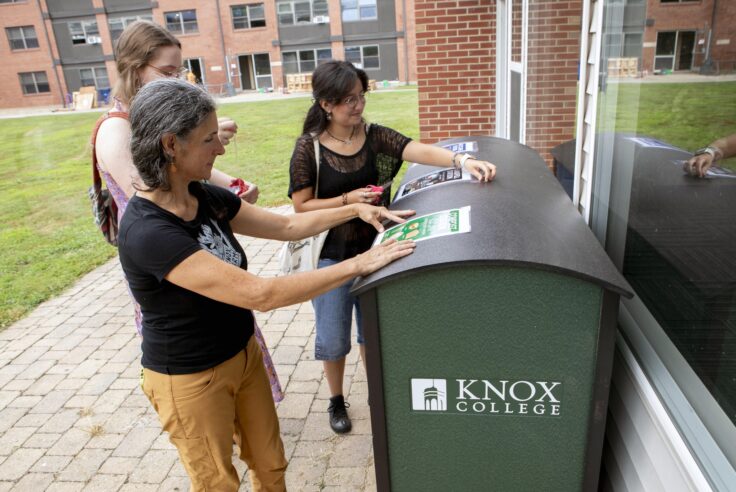
Blog Post
Keeping Compost Clean: Tools to Help Reduce Contamination...
The Composting Consortium interviews EcoProducts to...
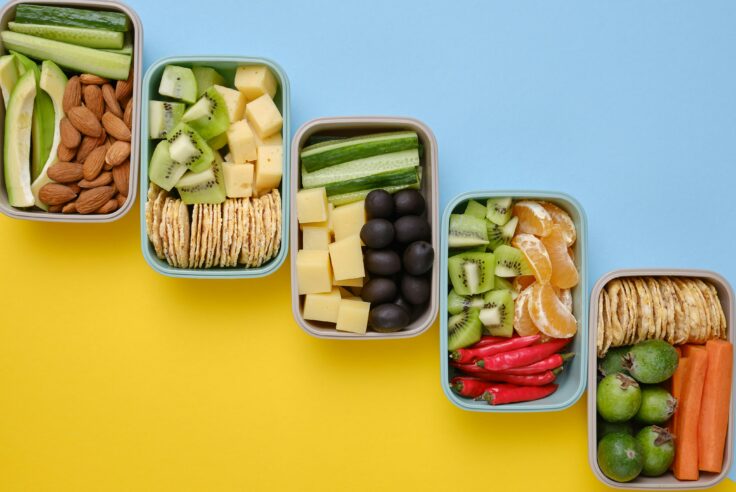
Press Release
Closed Loop Partners and U.S. Plastics Pact Identify...
Packaging types primed for reuse lay the groundwork...

Press Release
Closed Loop Partners Unveils Groundbreaking Findings...
Closed Loop Partners’ Center for the Circular Economy...

Blog Post
8 Tips to Navigate Life Cycle Assessments for Circular...
Closed Loop Partners’ Center for the Circular Economy...
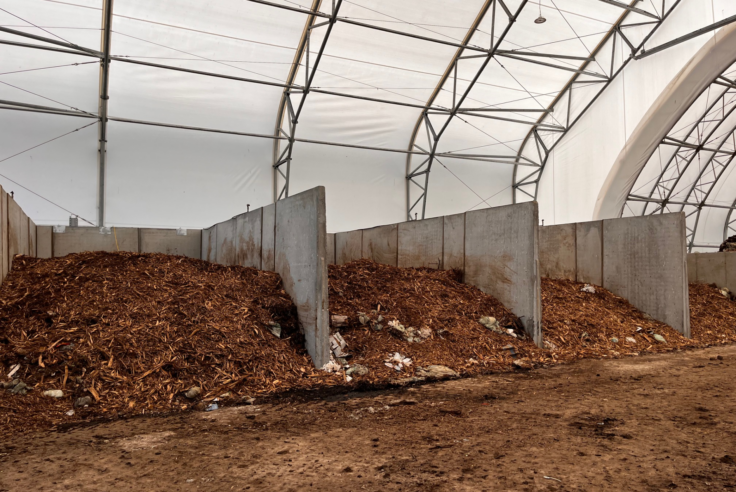
Blog Post
Why More Composters Are Recovering Food Scraps and...
Black Earth Compost and Glacial Ridge Composting Facility...
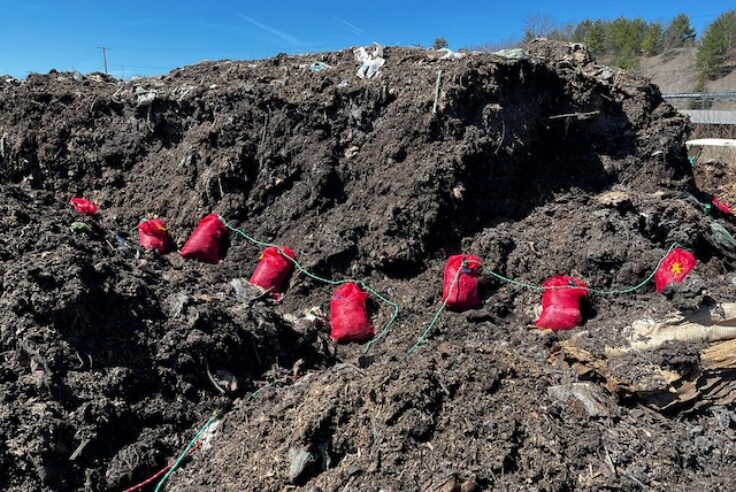
Blog Post
Does Compostable Packaging Actually Turn into Compost?...
In a joint interview, field testing experts, including...
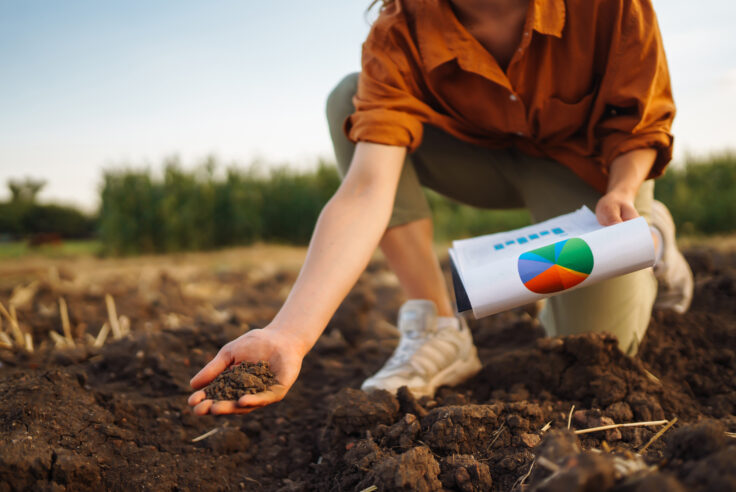
Press Release
Composting Consortium Releases New Data to Compostable...
The new platform by the Compostable Field Testing Program...
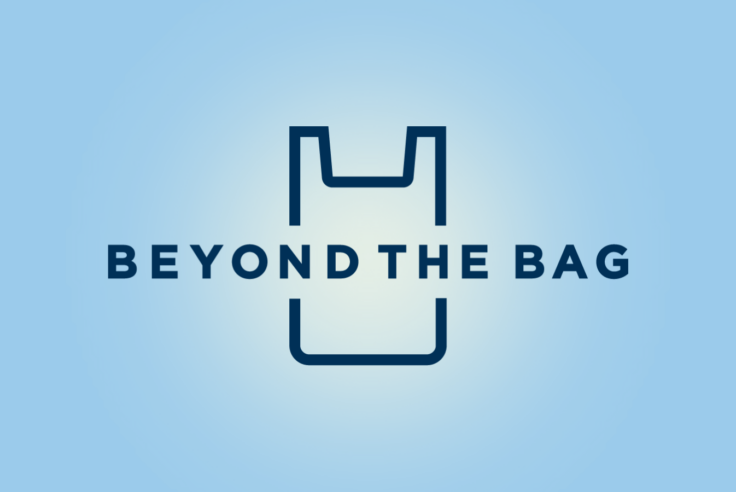
Press Release
Leading Retailers Accelerate Industry Collaboration...
Target, CVS Health, Kroger and other retailers reaffirm...
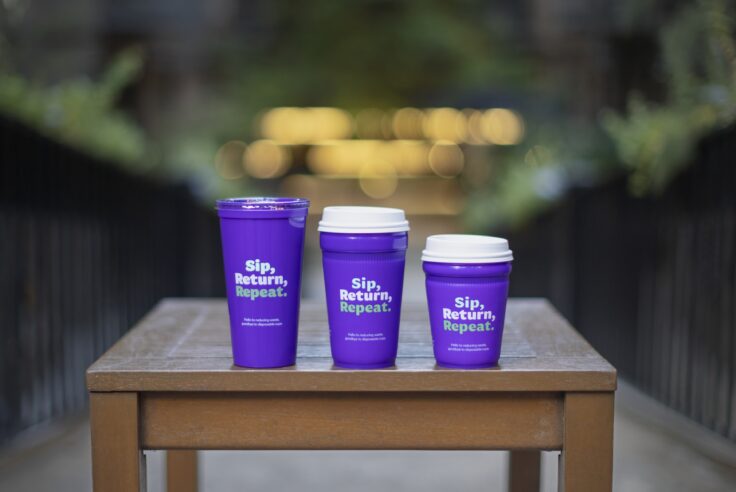
Press Release
The Petaluma Reusable Cup Project: Starbucks, The Coca-Cola...
The collaboration, led by the NextGen Consortium, makes...
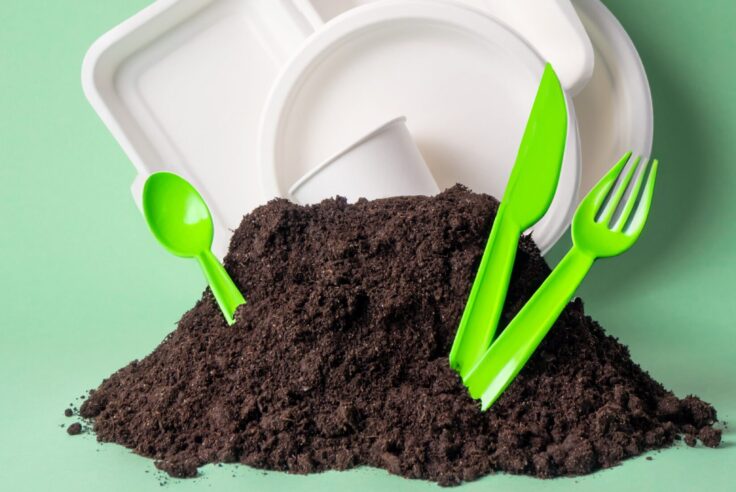
Press Release
Does Compostable Packaging Actually Break Down? Composting...
Data in new report reveals that certified food-contact...
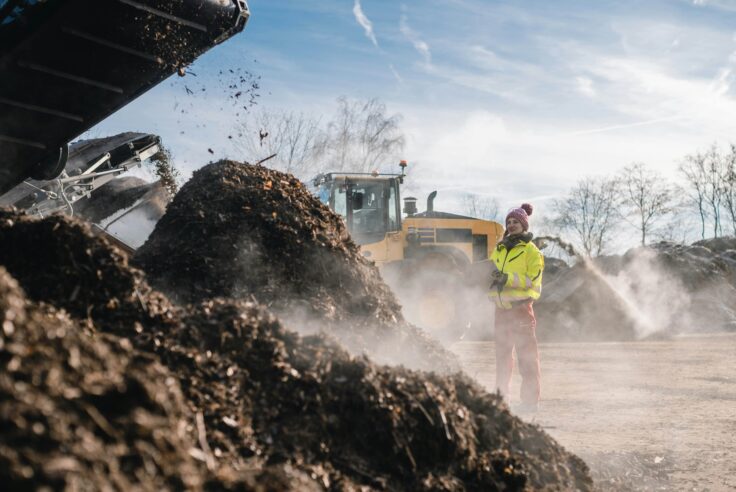
Press Release
First-of-Its-Kind Study by the Composting Consortium...
Commonly held assumptions about contamination were...
